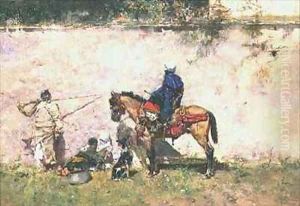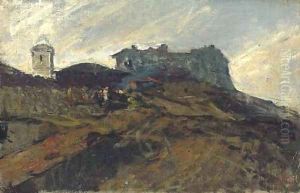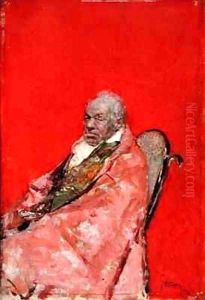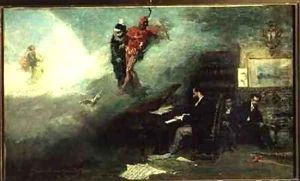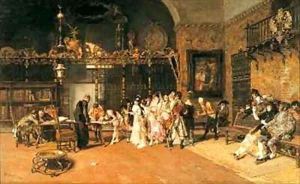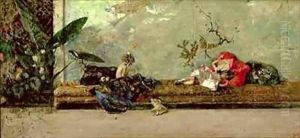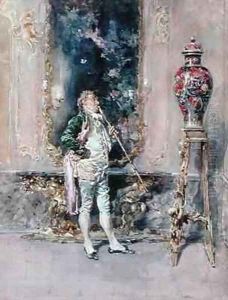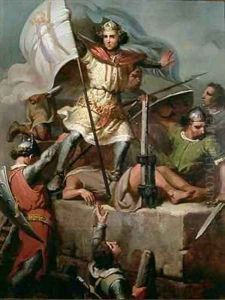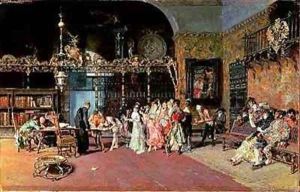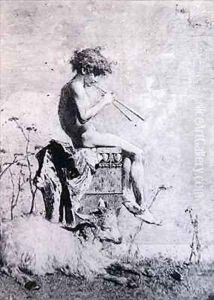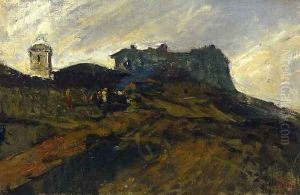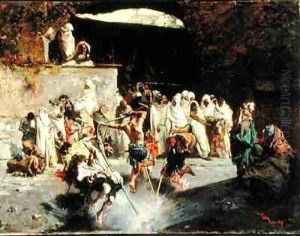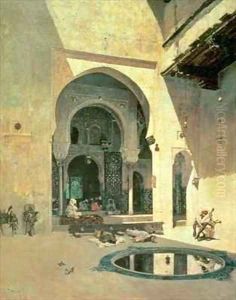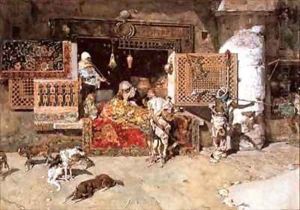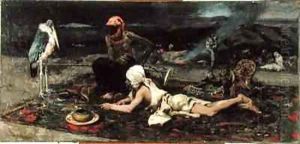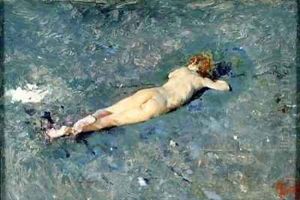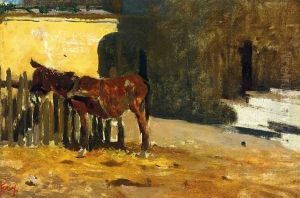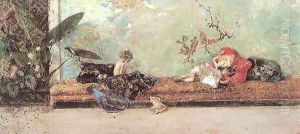Mariano Fortuny y Marsal Paintings
Mariano Fortuny y Marsal was a Spanish painter, born on June 11, 1838, in Reus, Catalonia, Spain. He is often simply known as Mariano Fortuny or Marià Fortuny in Catalan. Fortuny was recognized for his technical skill and the luminosity of his work, which was influenced by both the Old Masters and the emerging trends of the 19th century.
Fortuny's early life was shaped by the study of art. He demonstrated remarkable talent from a young age and received his initial education at the School of Fine Arts in Barcelona, where he studied under the Spanish artist Claudio Lorenzale. Fortuny's talent was evident, and he soon received a scholarship to study in Rome, which became a pivotal moment in his career.
In Rome, Fortuny was deeply influenced by the Italian Renaissance, as well as by the works of the Baroque painters. He was particularly captivated by the technique and drama of the 17th-century master Diego Velázquez. During his time in Italy, he also became interested in the work of contemporary Orientalist painters, which would greatly influence his later work.
Fortuny's work often depicted historical and oriental themes with a rich attention to detail and a masterful use of light and color. His paintings are known for their vibrant energy and the luxuriousness of the textures he portrayed. One of his most famous works is 'The Battle of Tetuan,' which was inspired by a campaign in Morocco and reflects his interest in exotic subjects.
Despite his relatively short life, Fortuny achieved considerable success and was highly sought after in his time. His work was well received in Paris, where he exhibited and received accolades. He was also admired in Spain and internationally, with collectors eager to purchase his works.
Tragically, Mariano Fortuny y Marsal's life was cut short when he died on November 21, 1874, in Rome, at the age of 36. His death was a significant loss to the art world, as he was seen as one of the most promising artists of his generation. Today, Fortuny's works can be found in museums across the world, and he is celebrated as one of the leading figures of 19th-century Spanish art.
